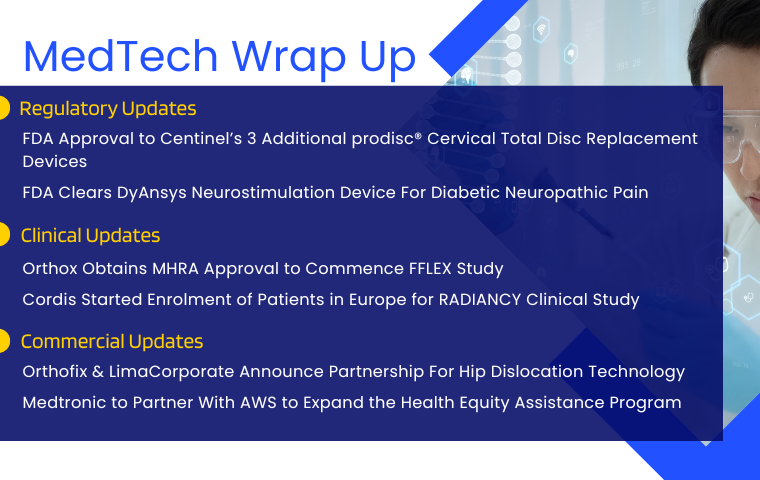
Hormone Replacement Therapy Market: Unveiling the Growth Opportunities and Key Players Exploring the Domain

Oct 21, 2019
Table of Contents
As per the International Osteoporosis Foundation (IOF), Osteoporosis affects an estimated 75 million people in Europe, USA and Japan.
Approximately 10 million Americans are living with Osteoporosis and around 44 Million are struggling due to low bone density.
Osteoporosis is known to affect over 3 million people in the UK. Moreover, the female preponderance is observed in excess as compared to males in most cases.
Article in PDF
Around 30% of all post-menopausal women tend to develop Osteoporosis in the United States and Europe. The ageing population is another cause leading to a higher Osteoporosis incidence.
Osteoporosis is a ‘silent disease’ because only a few people have an idea about their actual bone condition. Others don’t realize until they break a bone.
Worldwide, osteoporosis causes more than 8.9 million fractures annually, resulting in an osteoporotic fracture every 3 seconds. Out of which, at least 40% of the women and 15-20% of men will sustain one or more fragile bone. In the UK, Osteoporosis results in around 300,000 fractures every year. About 1 in 2 women and 1 in 5 men over the age of 50 break a bone due to their weak bones.
Osteoporosis is a global burden on the healthcare sector. The cost of care associated with it takes a toll on the patients and their families. According to the National Osteoporosis Foundation, Osteoporosis is costly. For all the bones that break every year, there is an estimated expenditure of USD 19 Billion. This expense is going to increase to USD 25.3 Billion annually by 2025.
Osteoporosis is a bone disease that occurs when bones become porous and weak. In some severe cases, the bones tend to break even from minor injuries and sneezing.
It occurs when there is and the disparity between new bone formation and old bone resorption. The body fails to form new bones and there is too much reabsorption of the older ones. Moreover, the lower levels of estrogen in women and androgen in men result in hollow and weaker bones.
The Osteoporosis treatments are segmented on the basis of the different drug classes available to treat it. The popular drug classes that are administered include calcitonin, bisphosphonates, parathyroid hormone therapy (PTH), RANK ligand inhibitors (denosumab), selective estrogen receptor inhibitors (SERMs) and others (estrogen therapy and calcium and vitamin D).
Bisphosphonates are the vital medicines used to treat bone loss and renew bone density. Raloxifene (Evista) manages to reduce the risk of spinal bone fractures. Whereas, Denosumab (Prolia) restores the bone density. Teriparatide (Forteo), on the other hand, helps in increasing bone strength.
Estrogen, or hormone replacement therapy (HRT) is also administered to prevent Osteoporosis.
Many players, such as Radius Health, Enteris Pharma, Allergan, Amgen, Astellas Pharma, AstraZeneca, Azelon Pharmaceuticals, Daiichi Sankyo, Eli Lilly, Entera Bio, F. Hoffman-La Roche, Gedeon Richter, Merck & Co, Mereo Biopharma and many others are involved in developing therapies for Osteoporosis. Launch of Osteoporosis emerging therapies like TYMLOS (Radius Health; received FDA approval in August 2017), Romosozumab (Amgen), and Tbria (Enteris Pharma-Tarsa Therapeutics; NDA submitted) will change the Osteoporosis treatment landscape in the upcoming years.
At present, Amgen’s Xgeva (denosumab) and Prolia (denosumab) dominates the Osteoporosis therapeutic market. Launched in the year 2010, Xgeva is marketed primarily in the US and Europe. The sales crossed USD 1.5 Billion annually in the year 2016. Prolia and Xgeva constitute the same active ingredient but, however, they are indicated for different indications, and patient population and dosages. In terms of revenue, Prolia made the annual revenue worth USD 1.6 billion for the company.
The US Food and Drug Administration (FDA) Bone, Reproductive, and Urologic Drugs Advisory Committee (BRUDAC) have approved Amgen and UCB’s Romosozumab (EVENITY) earlier in this year for the treatment of women with postmenopausal osteoporosis at high risk for fracture.
Recently, Amgen and UCB announced a positive recommendation from Committee for Medicinal Products for Human Use (CHMP) of the European Medicines Agency (EMA) for Market authorization for EVENITY for the treatment of severe postmenopausal osteoporosis in women at high risk of fracture and with no history of myocardial infarction or stroke.
EVENITY works by hampering the action of sclerostin, which lowers down the bone density. Romosozumab binds sclerostin, inactivates it, and increases the bone formation. These findings stimulated interest in exploring the potential of anti-sclerostin therapy to improve bone formation, restore skeletal architecture and reduce bone damage in patients with osteoporosis.
However, the increased risks of cardiovascular diseases such as stroke, or heart attack even cardiovascular death, might prove to be a barrier in the Osteoporosis therapeutic market.
The current unmet needs in the Osteoporosis treatment are long-term management of the disease, treating severe osteoporosis, identification of the fractures and risk following any recent fracture. There is still scope for developing bone-building treatments with the focus to shift towards a more personalized treatment approach.
Article in PDF


